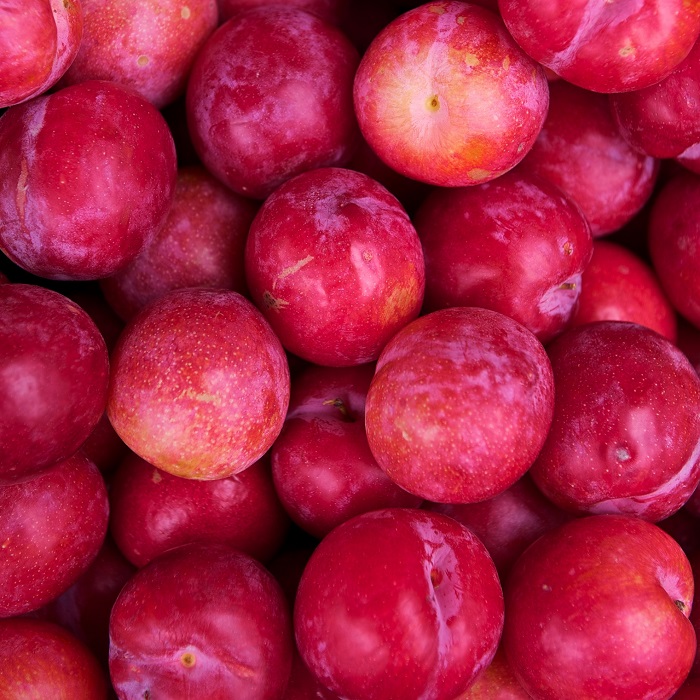UNITED STATES—Many plants should get most of the pruning they need while they are dormant in winter. Such pruning is less stressful because it happens while plants are naturally sedated. Some plants that need aggressive pruning during their winter dormancy may need no other pruning until the following winter. Most deciduous fruit trees conform to this category. Their pruning is rigorous and specialized.
The innately aggressive pruning that deciduous fruit trees require may seem to be brutally unnatural, but is very justifiable. It is necessary to compensate for unnatural production. After centuries of selective breeding, most deciduous fruit trees produce more fruit than they can support. Their fruit is unnaturally abundant, unnaturally bulky, or both. Such improvement has distinct consequences.
Unlike their wild ancestry, many modern deciduous fruit trees would not thrive for long without intervention. The weight of their fruit eventually breaks and disfigures limbs. Such breakage exposes sensitive bark to sun scald, and leaves wounds open to decay. Insect and disease pathogens proliferate in deteriorating growth. Furthermore, messy excess and unreachable fruit attracts vermin.
Deciduous fruit trees are not ‘low maintenance’.
Pruning improves the structural integrity of deciduous fruit trees so that they can support their fruit. It also concentrates resources into fewer fruits of superior quality, rather than allowing production of inferior surplus. Invigorated vegetative growth is more resilient to pathogens. Proper pruning removes dead, dying, damaged and diseased growth, the ‘four Ds’, as well as unreachable growth.
The main categories of deciduous fruit trees are stone fruits and pomme fruits. Stone fruits are of the genus Prunus. They include peach, nectarine, apricot, plum, prune, cherry, their hybrids, and almond. (Almonds are the ‘stones’ of their fruits.) Pomme fruits are apple, pear and quince. Peaches need more aggressive pruning than cherries, simply because their fruits are so much bigger.
Pomegranate, persimmon and fig also need specialized pruning while dormant through winter.
Highlight: Plum
Only recently, and only to be more marketable, dried prunes attained the status of dried plums. Prunes and plums are actually two different types of fruit. Prunes are European fruits that dry nicely, but are not popular as fresh fruits. Plums are Japanese fruits that are best while fresh, but do not dry well at all. Because plums have less of a sugar content, they are likely to mold before they dry.
Plum is of the genus Prunus, just like prune and the other stone fruits. Stone fruits all contain large seeds, which are known as stones. Plums are ‘clingstone’, because the flesh of the fruit clings to the stones within. Prunes are ‘freestone’. Their stones separate easily from the flesh. The most popular plums are purplish or burgundy red. Others are blueish purple, red, orange, yellow or green.
Plum trees grow fast while young, and require aggressive pruning while dormant through winter. Otherwise, they get overwhelmed with fruit, and too tall to facilitate harvest. Even semi-dwarf trees can get almost 20 feet tall. They are spectacular in prolific white bloom. Small bare root trees that are now becoming available adapt to a new garden more efficiently than larger canned trees.
Horticulturist Tony Tomeo can be contacted at tonytomeo.com.






